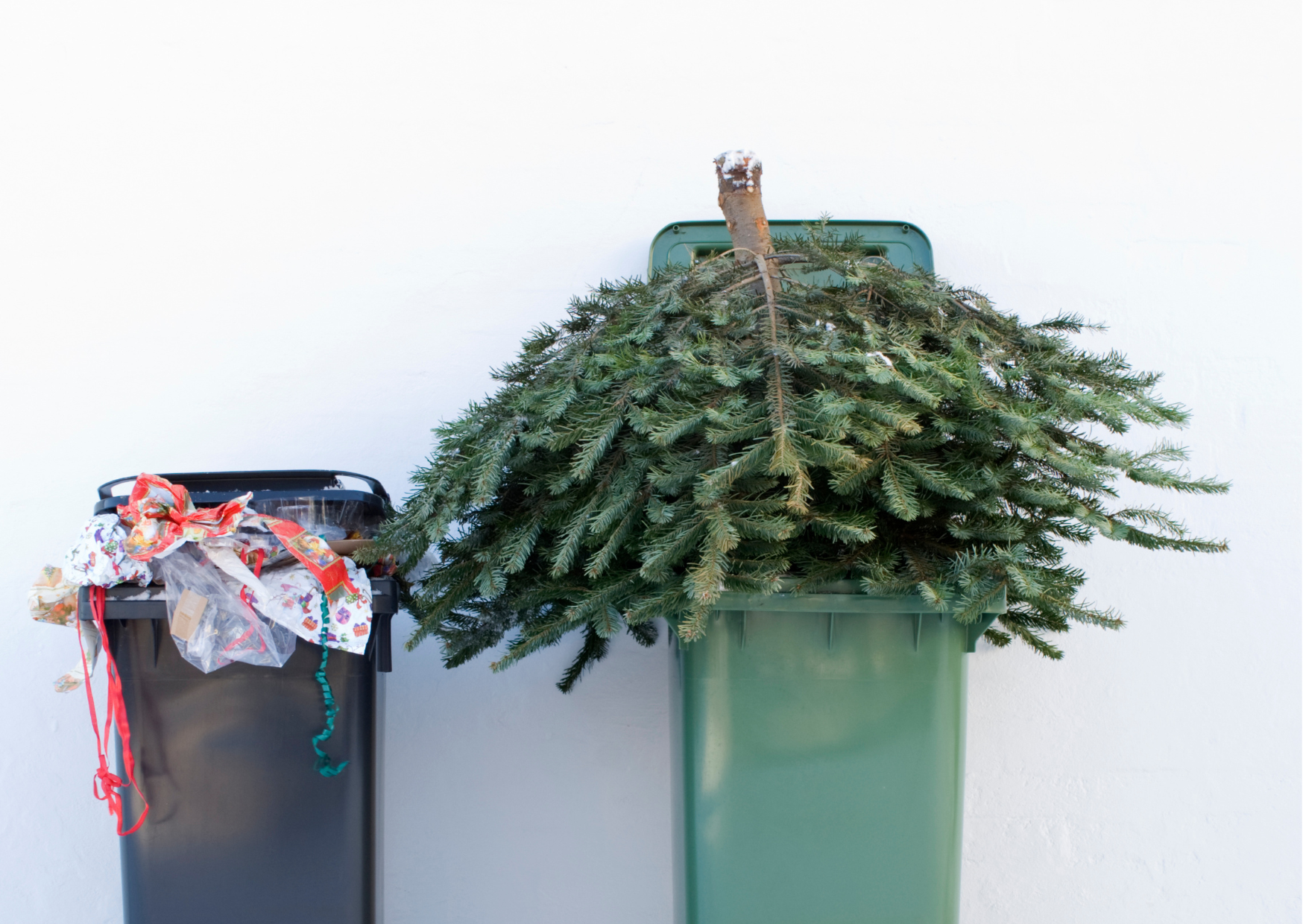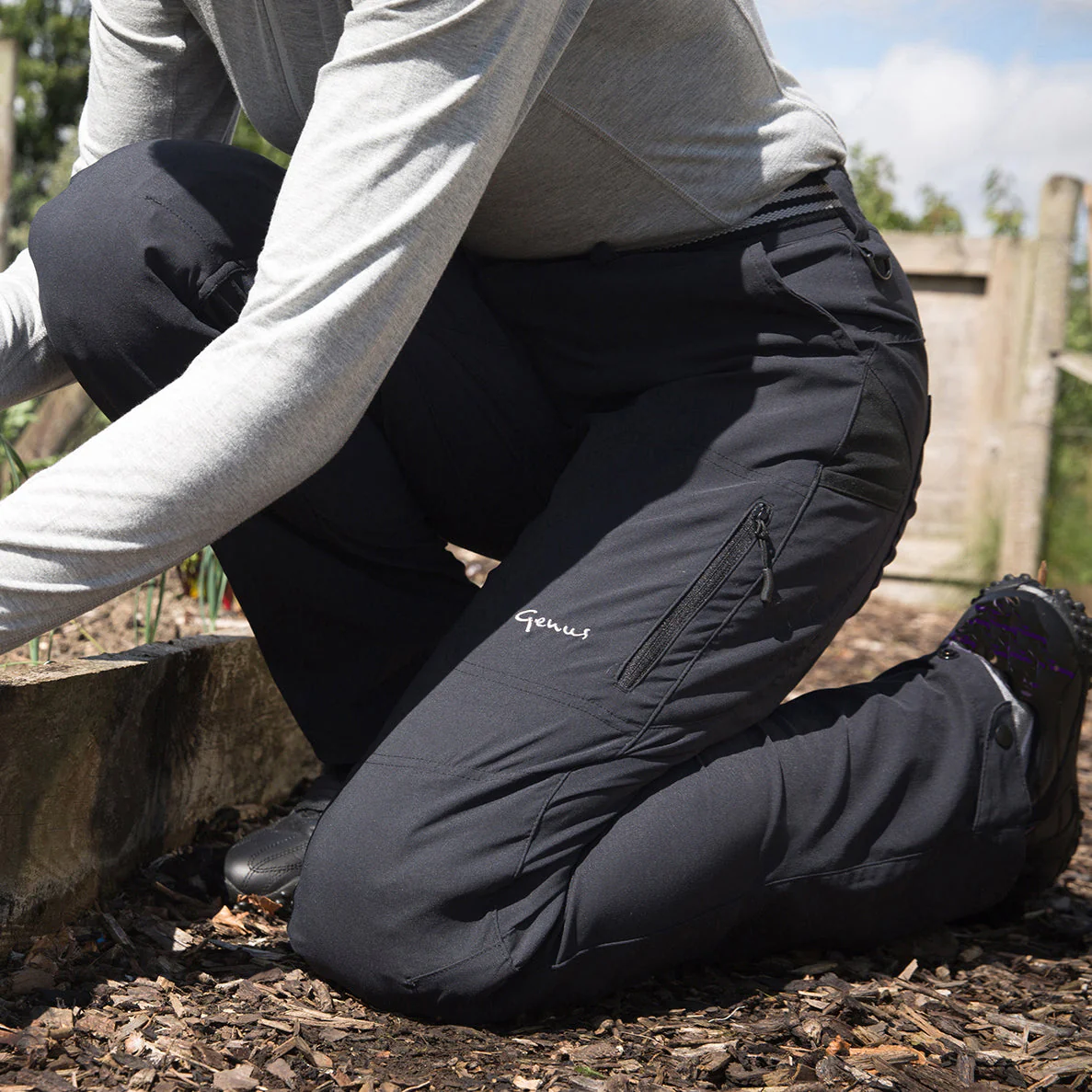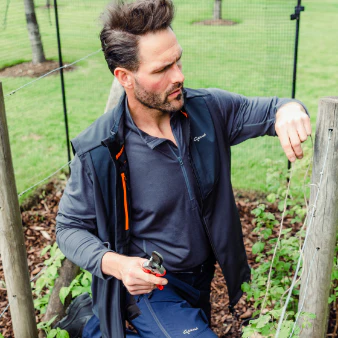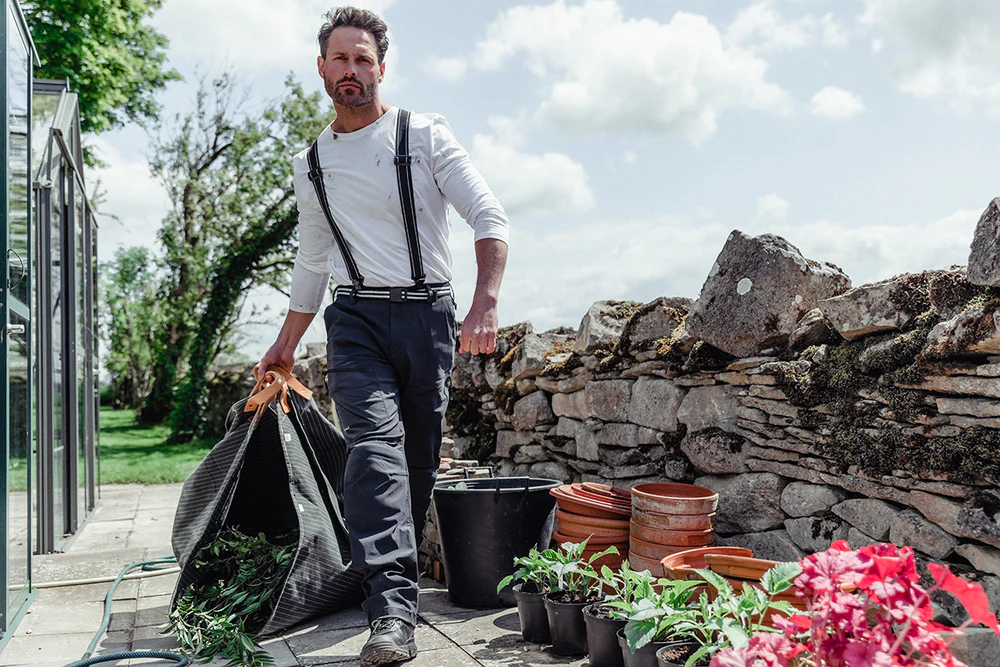Annual problem

Every year we all have that annual problem. No, not vine weevil in our geums but the problem of Christmas tree disposal - what to do when the decorations are back in the box and the last turkey leg has finally made it out of the fridge? In a modern centrally heated house what actually remains of the tree is usually a pile of needles on the carpet and a desiccated skeleton - memories of what a few weeks ago was a very expensive purchase. There are a number of options for disposal and as gardeners we are perhaps more environmentally aware than most - so here are a few suggestions.
If a shredder is available, most if not all of the tree can be reduced to a mulch that can be used immediately on paths or added to the compost heap for later use.
Short lengths of branches can be bundled up, tied with string, and placed in an out of the way spot for insects to use as a refuge.
A resourceful neighbour turned his tree into a feeding station for birds. Staked on the edge of a flower border the branches were hung with an assortment of feeders and home made fat balls while the matrix of branches gave small birds extra protection from the local sparrow hawk.
If space is limited or you simply want to dispose of the tree there are a number of collection services available. Chopped up and placed in your green bin, the council will take it away as part of your green waste service. Sometimes the very supplier that sold you the tree will collect and recycle it for a small fee - usually £10 to £15 pounds. If you want to recycle and in turn help out a good cause a number of local charities offer a collection service. With an army of volunteers our local hospice collects your tree for £10 with all the money boosting their much needed funds.
An ingenious use for your tree is in the field of aquaculture. Some local fisheries will take your tree and actually throw them in the lake. They create a safe haven for small fish protecting them from predators such as pike, perch, or cormorants as well as offering ideal spawning areas for many of the UK’s native fish.
Finally there’s always the wood burner or a visit to the local tip. We’d love to know what you do. Any other suggestions?











